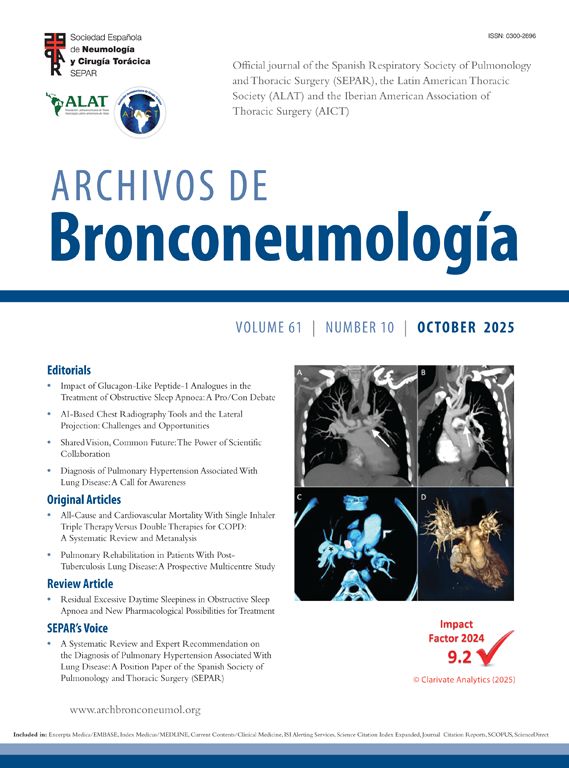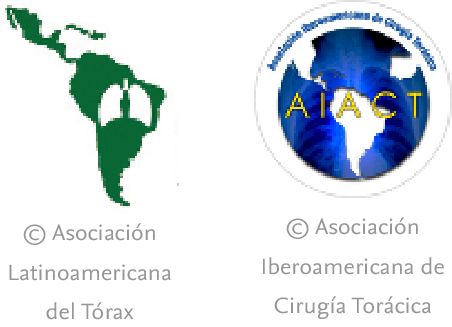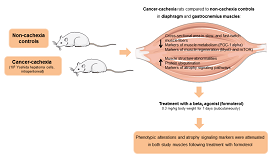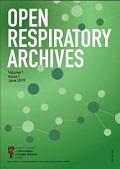Congenital lung malformations (CLMs) encompass a range of developmental anomalies, including congenital pulmonary airway malformation (CPAM), bronchopulmonary sequestration (BPS), congenital lobar overinflation (CLO), bronchogenic cysts (BC), and bronchial atresia (BA). These lesions present with varying severity, from incidental findings to severe neonatal respiratory distress. Advances in prenatal imaging, such as ultrasound and fetal magnetic resonance image (MRI), have significantly improved early detection, aiding in better management planning.
CLMs arise from abnormalities during specific stages of lung development. CPAMs are categorized by cyst size and histological type, while BPS is characterized by systemic arterial supply. CLO and BA are associated with air trapping and hyperinflation, and BCs are typically fluid-filled, well defined, and compressive. Postnatal diagnosis is based on high-resolution computed tomography (CT) and occasionally MRI for detailed evaluation.
Surgical resection is recommended for symptomatic lesions, while management of asymptomatic cases remains debated. Elective surgery may help prevent complications like infection or rare malignancy, particularly in CPAM Types 1 and 4 and BCs. However, some lesions remain stable or regress, supporting conservative management in selected cases.
Long-term outcomes are generally positive, with children undergoing early resection often maintaining good lung function due to compensatory lung growth, though subtle functional deficits may persist. Risk stratification using imaging and genetic markers, such as DICER1 mutations, is gaining importance for guiding treatment decisions.
Management should be individualized, involving a multidisciplinary approach and shared decision-making with families. Further research is needed to clarify the natural history of CLMs, optimize the timing of interventions, and standardize long-term surveillance strategies.









